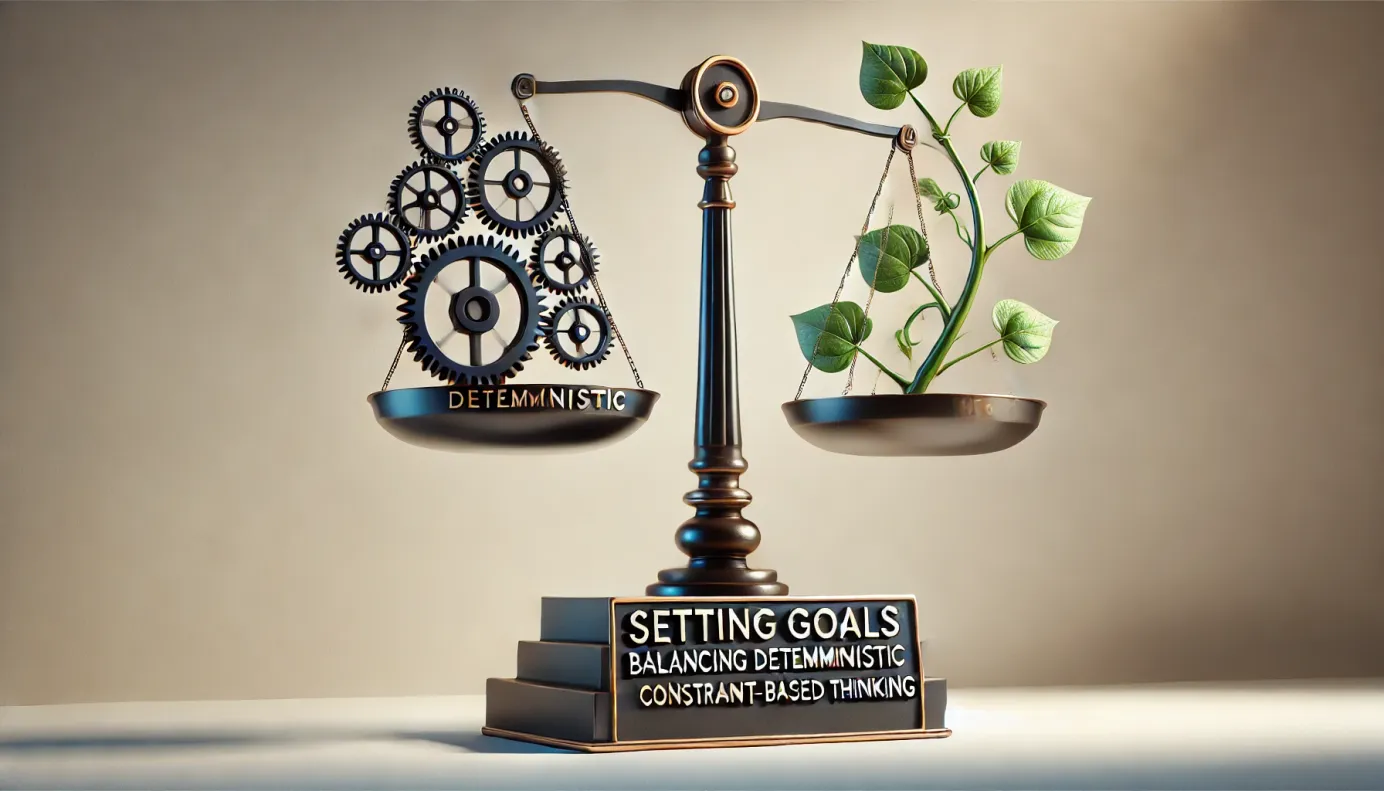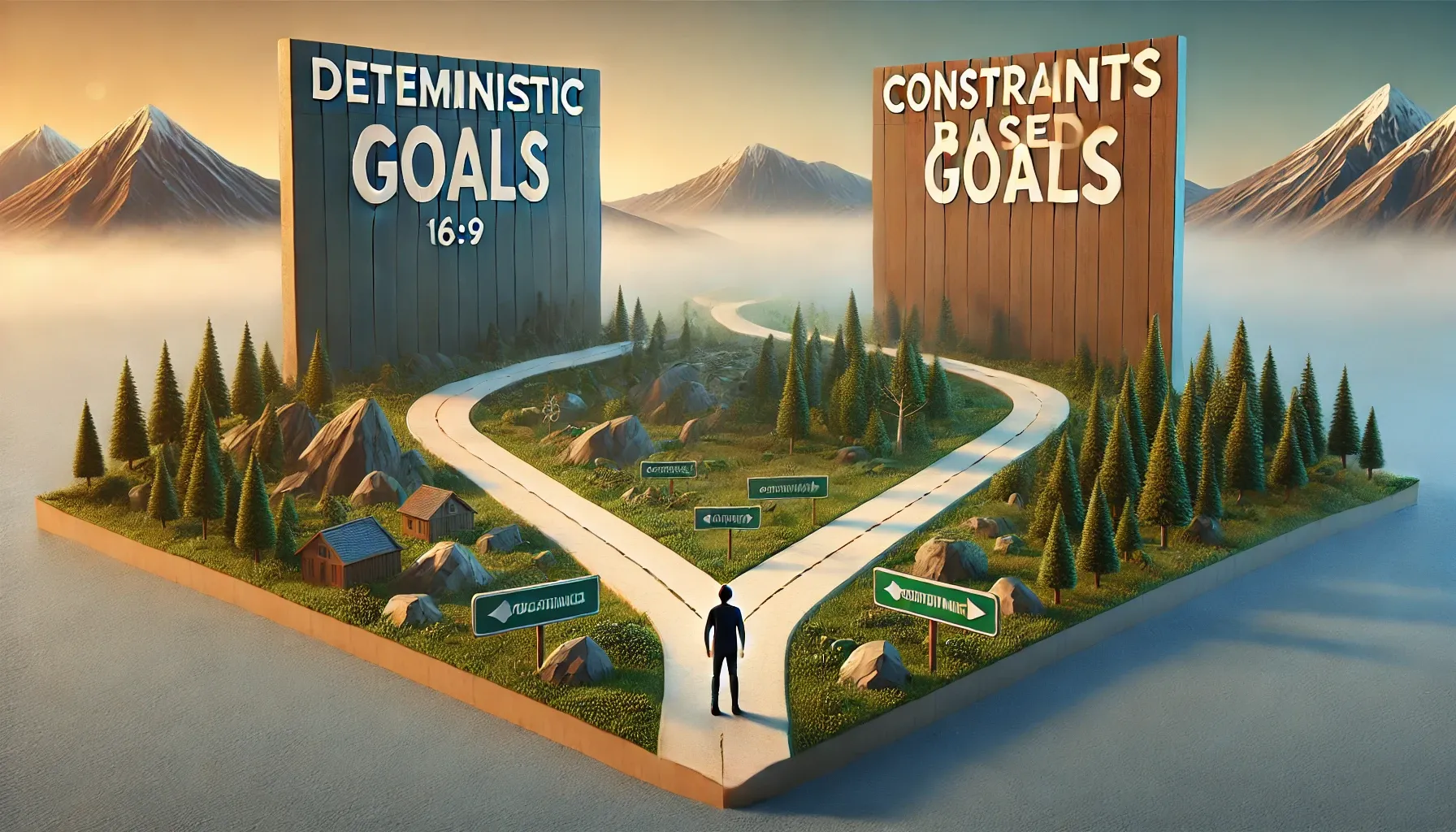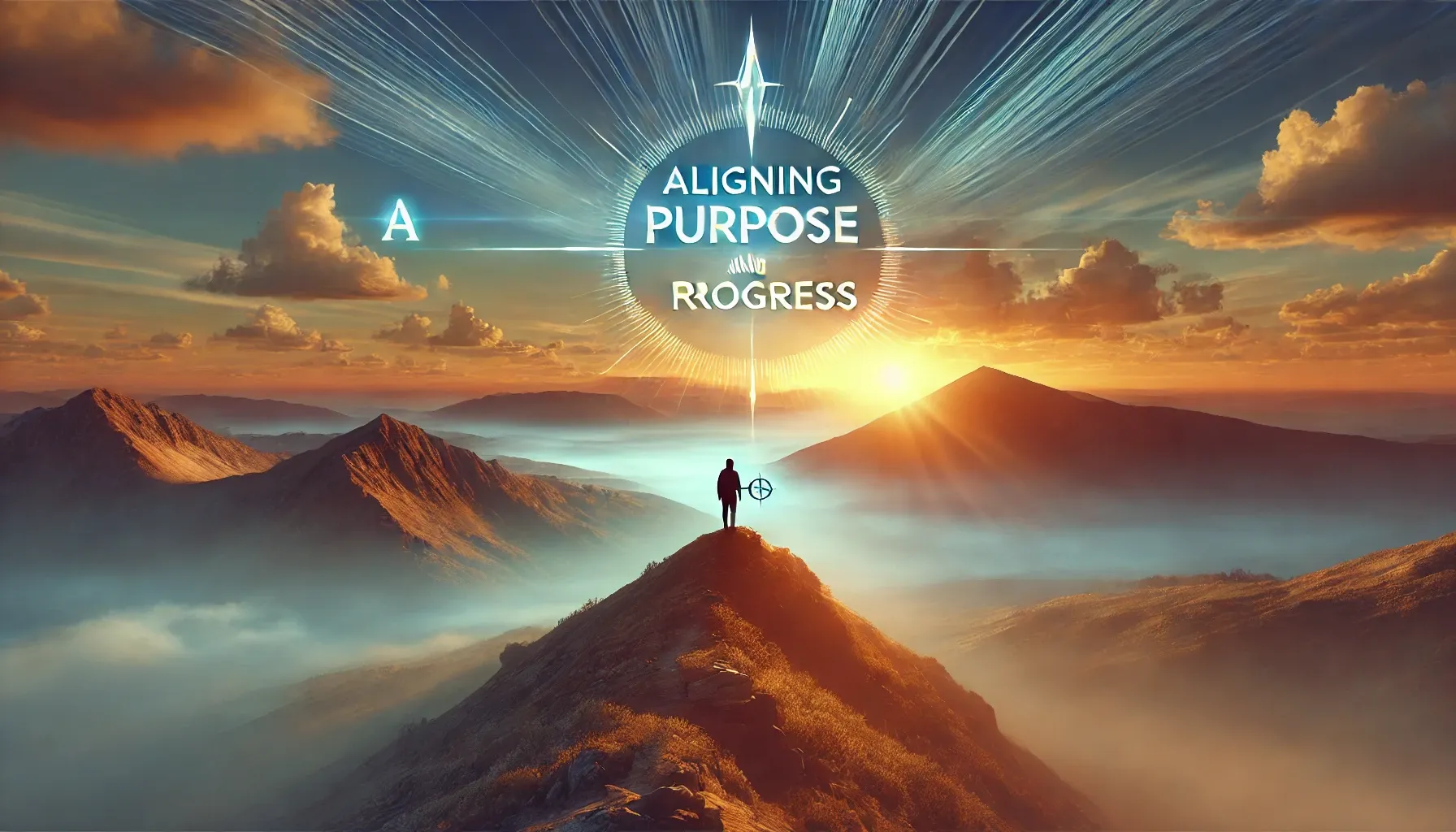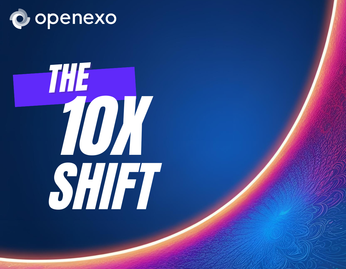
Setting Goals: Balancing Deterministic and Constraint-Based Thinking
Balancing deterministic and constraint-based thinking in goal-setting enhances success. Focus on resolving constraints for growth and prioritize ends goals for meaningful impact, as advised by Adizes, Goldratt, and Lakhiani.
Goal-setting is a cornerstone of success for individuals and organizations alike. However, not all goals are created equal, and how we approach goal-setting can dramatically influence outcomes. Drawing insights from Dr. Ichak Adizes, the Theory of Constraints, and Vishen Lakhiani’s concepts of ends versus means goals, this article explores how to set goals that are both effective and meaningful.
The Adizes Perspective: Deterministic Goals vs. Constraint-Based Goals
Dr. Ichak Adizes’ teachings emphasize the difference between deterministic goals and those shaped by constraints. Deterministic goals are rigid, prescriptive, and often fail to adapt to the dynamic nature of life or business. These goals might work in predictable environments but can lead to frustration and inefficiency when conditions change.
In contrast, constraint-based goals focus on identifying and working within the key limiting factors that influence performance. For example, rather than setting a deterministic goal like “achieve a 30% revenue increase,” organizations could focus on resolving the bottleneck that prevents growth, such as production inefficiencies or supply chain delays. By addressing the root constraint, they unlock potential growth beyond initial expectations.
The Theory of Constraints: The Goal as the Guiding Principle
The Theory of Constraints (TOC), developed by Dr. Eliyahu Goldratt, introduces “The Goal” as a guiding principle. In a business context, “The Goal” often revolves around profitability or generating value. However, TOC emphasizes the importance of identifying the single most critical constraint in a system and aligning all efforts to address it.
For individuals and organizations, this approach encourages focusing on what truly matters and avoiding distractions. By aligning resources and strategies to overcome constraints, TOC ensures progress is both targeted and sustainable.

Vishen Lakhiani: Ends Goals vs. Means Goals
In his book The Code of the Extraordinary Mind, Vishen Lakhiani differentiates between ends goals and means goals. Means goals are tools or steps that help achieve a broader purpose. For instance, earning a degree is a means goal, while the ends goal could be contributing to societal progress or achieving personal growth.
Ends goals are deeply tied to one’s intrinsic desires and long-term fulfillment. Lakhiani advocates that individuals and organizations prioritize ends goals to create alignment with their true purpose and avoid the trap of pursuing achievements that lack meaningful impact.
Applying These Insights to Goal-Setting
Start with Purpose: Define your ultimate goal or purpose. For organizations, this might be their Massive Transformative Purpose (MTP). For individuals, it could be a life vision or a core value.
Identify Constraints: Use the Theory of Constraints to pinpoint the bottleneck preventing progress. For example, if a team’s performance is hindered by outdated technology, resolving this constraint should take priority.
Distinguish Ends from Means: Align goals with intrinsic motivations rather than external benchmarks. This ensures that both individuals and organizations remain engaged and focused on what truly matters.
Stay Adaptive: Avoid deterministic thinking. Life and business are dynamic, so regularly reevaluate constraints and adjust goals as needed.
Integrate Feedback Loops: Monitor progress and gather feedback to ensure that efforts are effectively addressing constraints and moving toward ends goals.
Practical Example: Organizational Goal-Setting
Imagine an organization with a goal of doubling its market share within three years. Rather than fixating on this deterministic goal, they could:
Define their purpose: Deliver innovative, affordable solutions to underserved markets.
Identify constraints: Recognize that limited production capacity is the key bottleneck.
Set ends goals: Focus on serving more customers while maintaining product quality.
Adapt strategies: Invest in technology and process improvements to overcome the constraint.
This approach enables the organization to achieve its market share objective while building a sustainable foundation for future growth. As highlighted in The Vertical, hunger for innovation is key. When resources are constrained, organizations are forced to innovate and optimize—a principle tied to Parkinson’s Law, which warns against overextending timelines or resources.
Practical Example: Personal Goal-Setting
Consider an individual who wants to run a marathon. Instead of setting a rigid goal like finishing the race within four hours, they could:
Define their purpose: Improve physical and mental health through long-distance running.
Identify constraints: Realize that a lack of consistent training is the primary limitation.
Set ends goals: Focus on enjoying the process of running and building stamina over time.
Adapt strategies: Create a flexible training plan that accommodates work and personal commitments.
By addressing constraints and aligning with an intrinsic purpose, the individual not only completes the marathon but also develops a sustainable, healthy lifestyle.

Conclusion
Effective goal-setting requires a nuanced approach that combines the wisdom of Dr. Adizes, the focus of the Theory of Constraints, and the clarity of Vishen Lakhiani’s ends goals. By aligning with purpose, addressing constraints, and prioritizing meaningful outcomes, individuals and organizations can achieve lasting success and fulfillment. Incorporating lessons from The Vertical, the necessity of hunger and resource constraints drives innovation and prevents complacency, ensuring goals remain both ambitious and achievable.
References
Adizes, I. (1991). Mastering change: The power of mutual trust and respect in personal life, family, business, and society. Adizes Institute Publications.
Goldratt, E. M. (1984). The goal: A process of ongoing improvement. North River Press.
Lakhiani, V. (2016). The code of the extraordinary mind. Rodale Books.
The Vertical. (n.d.). Why hunger is necessary for innovation: How Parkinson's Law hinders startup success. Retrieved from https://thevertical.la/ideas/why-hunger-is-necessary-for-innovation-how-parkinsons-law-hinders-startup-success/.
Adizes, Ichak. Mastering Change: The Power of Mutual Trust and Respect in Personal Life, Family, Business and Society. Adizes Institute Publications.
Goldratt, Eliyahu. The Goal: A Process of Ongoing Improvement. North River Press.
Lakhiani, Vishen. The Code of the Extraordinary Mind. Rodale Books.
The Vertical. "Why Hunger is Necessary for Innovation: How Parkinson's Law Hinders Startup Success." The Vertical.
This article was originally published in Spanish on MikeSainz.com: https://www.mikesainz.com/post/establecimiento-de-metas-equilibrio-entre-metas-deterministas-y-restricciones
ExO Insight Newsletter
Join the newsletter to receive the latest updates in your inbox.









